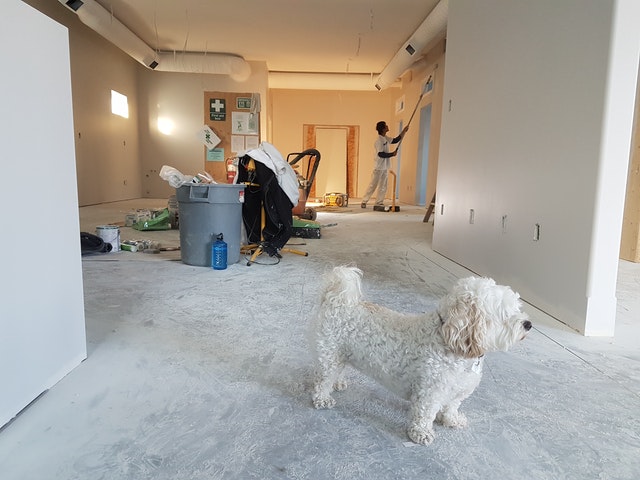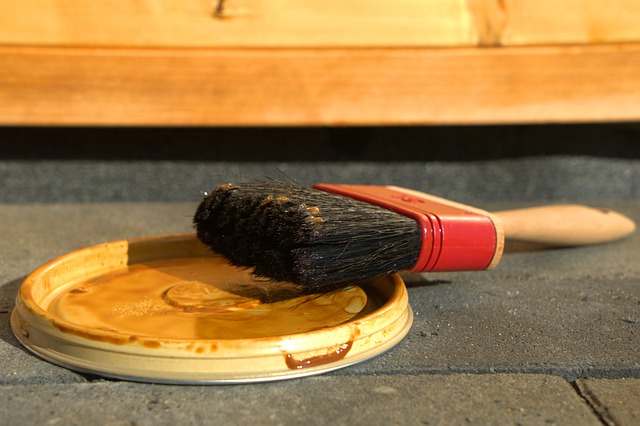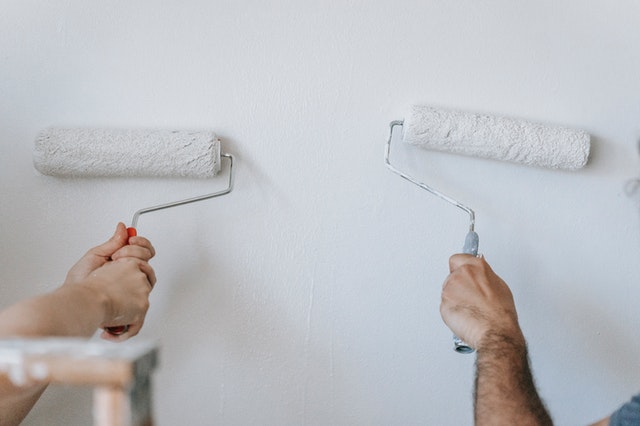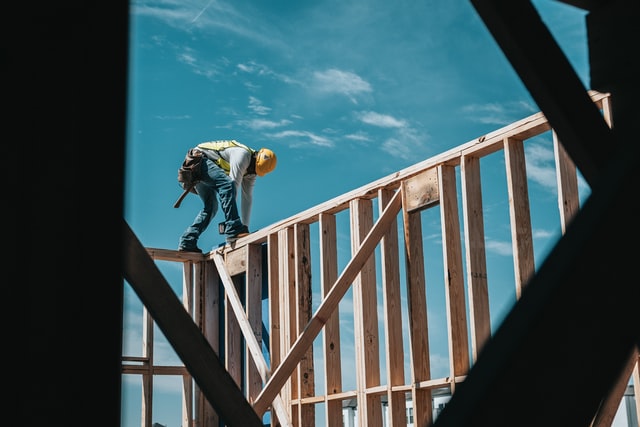Paint Your Home
Skills, Techniques, and tricks Of The Trade For Professional Looking Interior Painting
Reader’s Digest
The Reader’s Digest Association, Inc.
Pleasantville, New York/ Montreal
Types of paint
While both water-and oil-based paint can be used on become the coatings of choice for most homeowners and many professional painters. There are three main reasons for this:
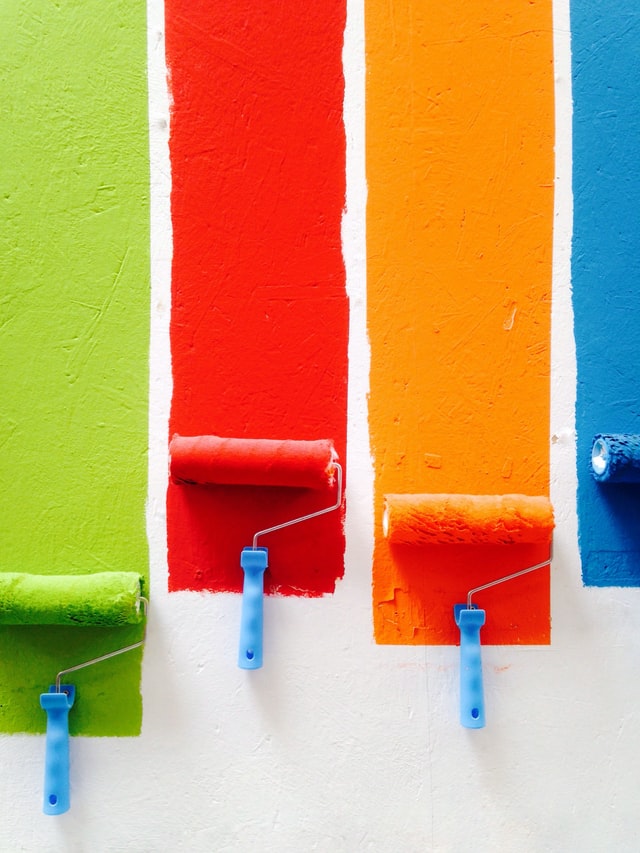
- Water-based paints usually dry within a few hours. This means that you can apply two coats in the same day.
- Brushes, rollers, and the painter can be cleaned with soap and water. Cleanup of oil-based paints requires the use of mineral spirits or turpentine, which are harsh solvents.
- Compared with oil-based paints, water-based paints are relatively free of unpleasant odors and fumes. Oil-based paints also contain a higher amount of volatile organic compounds than water-based paints do.
The long drying time of oil-based paints gives them and smooth finish: the longer the paint is wet, the more time it has to level out. This helps to eliminate brush marks, especially on wood.
Types of paint
| General Types | Comments | Surfaces |
| Water- based paints | The most widely used type of paint for walls, ceilings, and woodwork, it does not normally require thinning and is easy to apply and clean up. All painters like water- based paints because they dry within a few hours. however, some people are sensitive to their odor. | Primed wood, wallboard, and plaster; surfaces previously painted with water- based paint |
| Oil- based paints | Oil- based paints give a durable coating. Modern oil- based paints use a synthetic resin, or alkyd, as the binder, and they have largely replaced older- style paints that used linseed oil. Clean up with mineral spirits or turpentine. | Primed wood, wallboard, and plaster; any previously painted surface. |
Specific- use paints
| Ceiling paints | These are thicker than standard water- based paints. They provide more coverage and tend to drip less than standard paints. | Ceilings. |
| Floor/ deck paints | Designed to withstand the heavy wear floors are often subjected to, they are available in both water and oil bases. Some contain epoxy additives for increased adhesion. | Wood and concrete floors. |
| Textured paints | These are water- based paints that contain sand, styrofoam beads, or some other component that provides a rough, stuccolike texture. In addition, they can hide flaws in walls and ceilings. | Primarily wallboard ceilings, but can be used on other surfaces. |
| Kitchen and bathroom paints | A relatively new type of water- based paint that contains mildewcides to deal with the high humidity levels in kitchens and bathrooms. | Ceilings and walls. |
| Paint for children’s rooms | A few manufacturers have introduced water- based paints designed for use in children’s bedrooms and playrooms. These paints are easier to clean than other types. Some are also nontoxic. | Walls, Ceilings, and woodwork. |
Paint Sheens
It wasn’t so long ago that the choice of sheens or the glossiness of paints was fairly limited. Every painter knew that flat paint was used on walls and that semigloss or high gloss was usually used on woodwork. But since the introduction of intermediate levels of gloss, these rules have changed.
The new finishes make it easier to match levels of paint sheen with surfaces.
However, along with the new gloss levels came new names. Ranging from the dullest looking finish to the shiniest, some of those you will encounter include flat, low-luster, eggshell, satin, soft gloss, semigloss, and high gloss. Bear in mind, though, that some of these names have slightly different meanings when you compare one brand of paint with another.
Sometimes you will see the word enamel linked with a sheen, such as semigloss enamel. Enamels contain materials that cause the paint to dry to a very hard finish.
Comparing Paint Sheens
Each level of paint sheen has different characteristics. Flat paints tend to absorb rather than reflect light, so they are good choices for hiding surface flaws. However, they are also more difficult to keep clean. High-gloss paints have the opposite qualities. They reflect light and appear very shiny. Since they are so smooth, dirt cannot stick to them as easily as it does to flat paint. This makes the surface much easier to clean. However, because these sheens accentuate imperfections on a surface, they are rarely used to cover entire walls.
Before selecting a sheen, consider the qualities of the surface, including the location and how much damage it may sustain. Then balance these against the characteristics of the sheen. Generally, you should cover walls with a flat or eggshell paint, and woodwork with a semigloss.
More information is available on Washington House Painters

